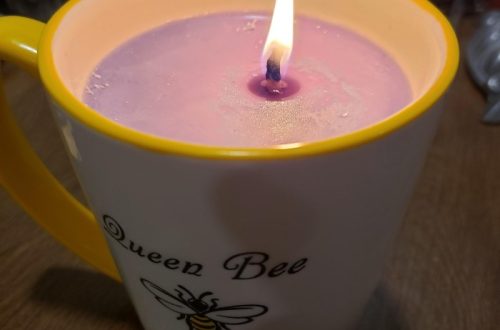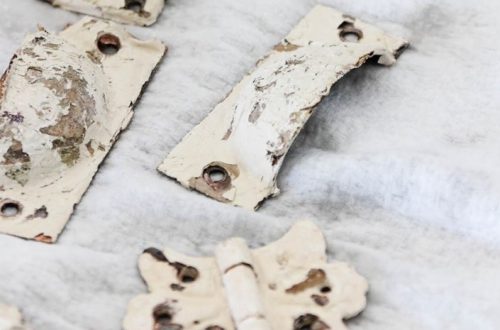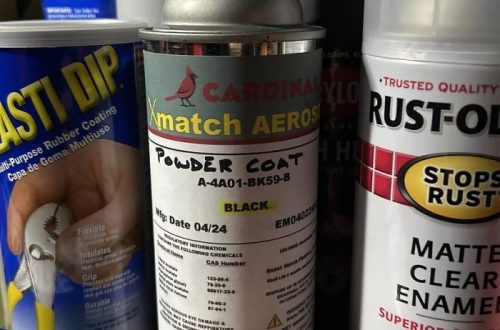Introduction
DNA strawberry extraction is a fun and educational science experiment. It helps visualize how DNA looks outside of cells. Strawberries are perfect for this activity because they have soft flesh and many copies of DNA. This makes the extraction process easier.
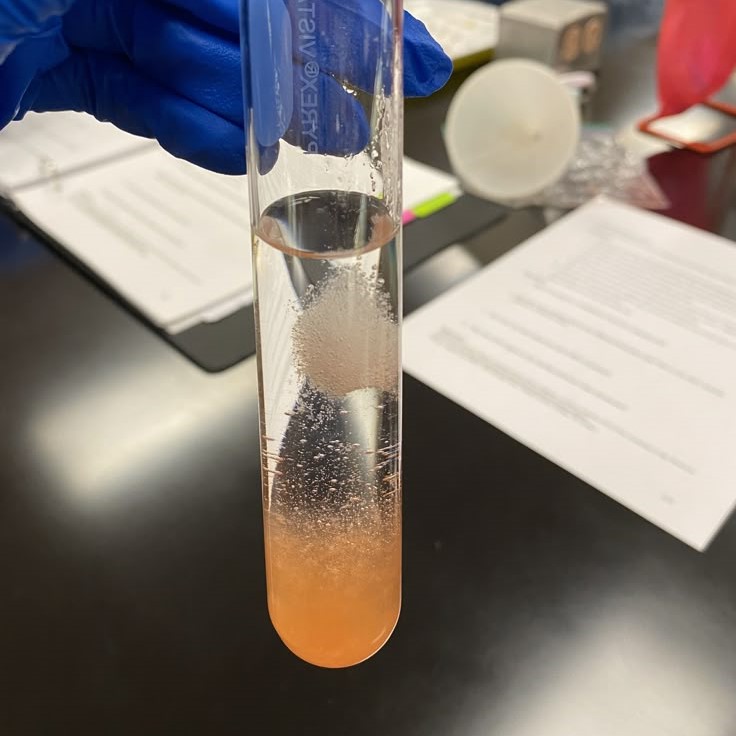
In this method, DNA is separated from other cellular components like proteins and cell walls. The process uses simple household materials like dish soap, salt, and rubbing alcohol. It’s a beginner-friendly activity ideal for classrooms and home experiments.
This method does not require complex laboratory tools. It introduces concepts of molecular biology through hands-on learning. Students and enthusiasts can better appreciate the structure and role of DNA in living organisms.
Overall, DNA strawberry extraction combines simplicity, fun, and science. It makes biology accessible to learners of all ages.
Materials Needed for DNA Extraction at Home
DNA strawberry extraction requires a few simple household items. These items make the experiment easy and accessible.
Fresh Strawberries
- Selecting Ripe Strawberries: Always choose fully ripe strawberries for the process. Ripe strawberries have a higher concentration of cellular materials, which includes abundant DNA, leading to better results in extraction.
- Quality Check: Look for strawberries that are bright red, firm, and free from bruises or mold, as these factors can impact the quality of the DNA extraction.
Dish Soap
- Function of Dish Soap: The primary role of dish soap in the DNA extraction process is to break down the cell membranes of the strawberries. This is essential as it allows the contents of the cells—including DNA—to be released into the solution.
- How It Works: When the soap interacts with the lipids in the cell membranes, it disrupts their structure, making it easier for the DNA to come out alongside other cellular components.
Table Salt
- Role of Salt: Table salt is crucial for DNA extraction because it aids in separating the DNA from proteins and other cellular debris.
- Chemical Interaction: The sodium ions in salt help stabilize the DNA during the extraction process by neutralizing the negative charges on the DNA molecules, which allows them to clump together and become more isolated.
Rubbing Alcohol (Isopropyl Alcohol)
- Importance of Cold Alcohol: Using cold isopropyl alcohol is vital as it helps precipitate the DNA, making it visible. The cold temperature causes DNA to become less soluble, allowing it to form a cloudy precipitate.
- Visibility of DNA: When the alcohol is added to the strawberry mixture, the DNA will start to separate out, becoming visible as white strands or clumps, which can be observed and collected.
Plastic Bags
- Crushing Strawberries: Plastic bags are used to crush the strawberries into a pulp. This step is crucial as it releases the cellular contents needed for DNA extraction.
- Convenience of Use: Using a zip-top plastic bag minimizes mess and allows for easy sealing to prevent spillage while crushing.
Coffee Filters or Mesh Strainer
- Filtering the Mixture: After crushing, coffee filters or a mesh strainer can be employed to separate the pulp from the liquid. This step ensures that only the liquid containing DNA is retained for further processing.
- Clarifying the Solution: Filtering out the solid components helps achieve a clearer solution, which makes it easier to view and isolate the DNA later.
Plastic Cups
- Container Usage: Plastic cups serve as containers during the mixing and filtering process. They help organize the different stages of the experiment, ensuring clear separation of the various components.
- Ease of Handling: Light and durable, plastic cups are ideal for conducting experiments as they can easily be moved and disposed of after use.
Wooden Stirrer or Toothpick
- Collecting DNA Strands: After the DNA has been isolated, a wooden stirrer or toothpick can be used to gently collect the visible strands of DNA. This tool allows you to scoop up the DNA without damaging the delicate strands.
- Precision and Control: Using a thin tool like a toothpick provides better control when retrieving the DNA, enabling you to focus on isolated areas where the DNA is visible.
Measuring Spoons
- Ensuring Accurate Measurements: Measuring spoons are crucial for adding precise amounts of dish soap and salt to the strawberry mixture. Accurate measurements are essential for the effectiveness of the extraction process.
- Consistency in Procedure: Using measuring spoons ensures that each step of the process is reproducible, which is important for achieving consistent results in DNA extraction.
Having these items ready makes the extraction process smooth and efficient. This setup is perfect for classrooms and home experiments alike.
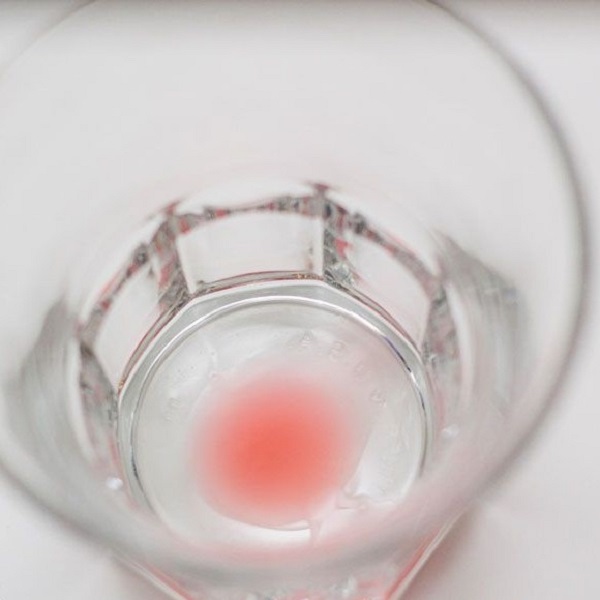
Step-by-Step Procedure for Extracting DNA from Strawberries
Extracting DNA from strawberries is straightforward and engaging. Follow these steps for best results.
Preparing the Extraction Solution
- Mix 1 tablespoon of dish soap with ? teaspoon of salt.
- Add ? cup of water to the mix and stir well.
- This solution helps break down cell walls and release DNA.
Crushing the Strawberries
- Place two fresh strawberries in a resealable plastic bag.
- Push out air and seal the bag tightly.
- Mash the strawberries thoroughly using your hands for 2-3 minutes.
- Ensure the mixture becomes smooth without large chunks.
Filtering the Strawberry Mixture
- Place a coffee filter or mesh strainer over a plastic cup.
- Pour the mashed strawberry mixture onto the filter.
- Let the liquid drip into the cup below.
- This step removes pulp and solid fragments.
Isolating the DNA with Alcohol
- Carefully add cold rubbing alcohol to the liquid in the cup.
- Pour slowly along the side to form a layer above the liquid.
- Look for white, stringy clumps in the alcohol layer.
- Use a wooden stirrer or toothpick to gently collect the DNA strands.
Following these simple steps ensures a successful DNA strawberry extraction. Take your time completing each stage for better results.
Scientific Principles Behind DNA Extraction
DNA extraction is based on molecular biology principles. Each step in the process has a specific scientific purpose to ensure successful isolation of DNA.
1. Breaking Down Cell Membranes
Dish soap is essential for breaking cell membranes. It dissolves lipids and proteins that make up the cell and nuclear membranes. This releases the DNA into the solution.
2. Clumping DNA with Salt
Salt plays a critical role in removing proteins attached to the DNA. It neutralizes the negative charge of DNA, allowing it to clump together. This makes the DNA easier to isolate.
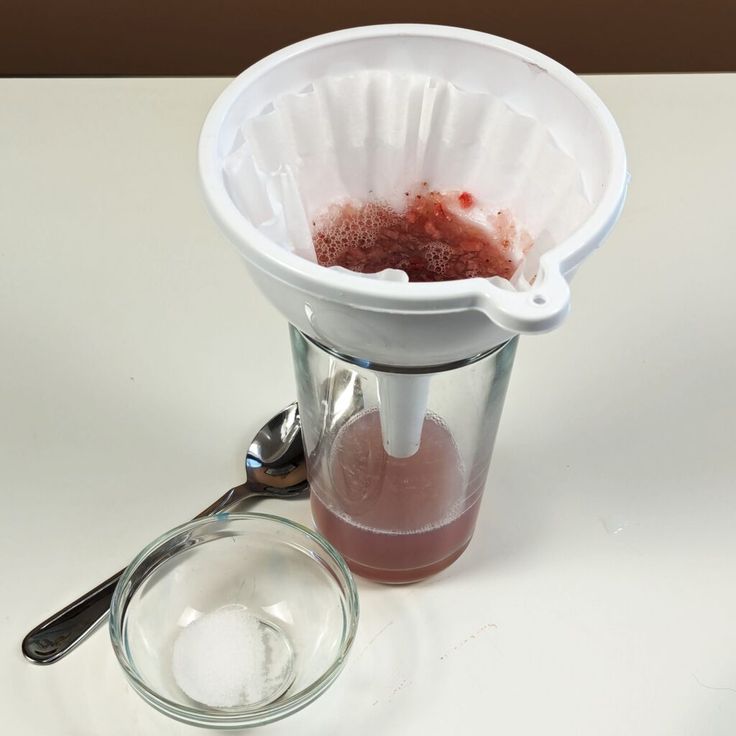
3. Precipitating DNA with Alcohol
Cold rubbing alcohol is used to make DNA visible. DNA is not soluble in alcohol, especially when it’s cold. This causes the DNA to aggregate, forming white, stringy clumps that you can see and extract easily.
By combining these principles, DNA strawberry extraction is both effective and easy to perform. This simple experiment helps explain complex biological processes in an engaging way.
Common Mistakes and Troubleshooting Tips
DNA strawberry extraction is simple but can have errors. Avoid these common mistakes for success:
1. Using Warm Alcohol
Cold alcohol is crucial for DNA precipitation. Warm alcohol dissolves DNA, making it invisible. Always chill the rubbing alcohol before starting.
2. Skipping the Salt
Salt helps separate DNA from proteins. Forgetting it reduces the amount of visible DNA. Use the correct salt quantity as instructed.
3. Inadequate Mixing of the Extraction Solution
Poorly mixed extraction solutions don’t break cell membranes properly. Stir well to ensure effectiveness.
4. Over-Mashing the Strawberries
Over-mashing may create too much foam or damage the DNA. Mash gently until smooth.
5. Pouring Alcohol Too Quickly
Pour alcohol slowly along the cup’s side. Rapid pouring can disturb the solution, making DNA harder to collect.
6. Using a Dirty Coffee Filter or Strainer
A clean filter ensures smooth separation of liquid and pulp. Dirty filters may clog or contaminate the liquid.
7. Incorrect Proportions in the Solution
Improper soap, salt, or water ratios can cause the experiment to fail. Measure accurately to ensure the solution works effectively.
Troubleshooting Tips:
- If no DNA appears, check alcohol temperature and ensure salt was added.
- For clumpy DNA, reduce mashing or filter the pulp more carefully.
- If DNA stays dissolved, try using a colder alcohol.
By avoiding these mistakes, you can successfully extract DNA and enjoy the experiment’s educational value.
Uses of Extracted Strawberry DNA in Educational Activities
Extracting DNA from strawberries is a simple and hands-on activity. It has significant educational value and can be used in various ways to enhance learning and exploration in science.
1. Teaching Molecular Biology Concepts
Strawberry DNA extraction introduces students to molecular biology. It helps explain DNA’s role in life. By seeing DNA strands, students grasp the concept of genetic material better.
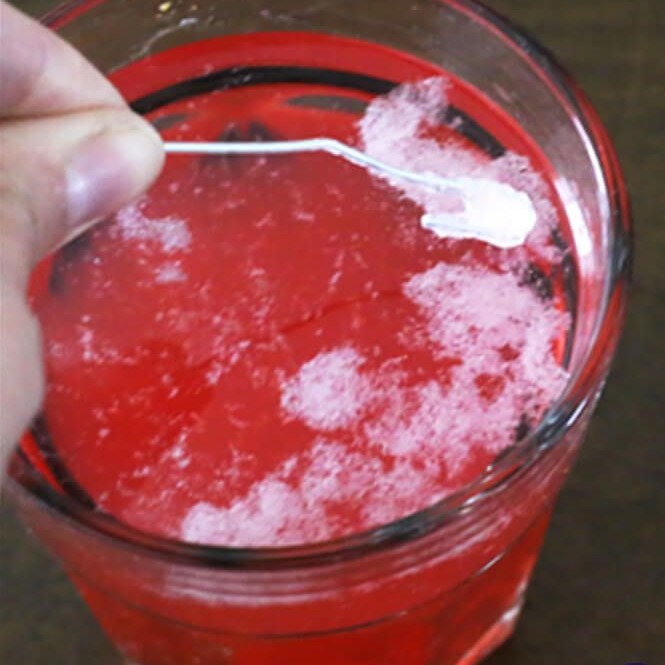
2. Demonstrating Lab Techniques
The process replicates essential lab techniques like filtration and precipitation. This prepares students for more advanced lab work in biology.
3. Creating Interest in Genetics
Handling DNA sparks curiosity about genetics. Students learn how DNA carries genes affecting traits like color or size in strawberries and other living organisms.
4. Enhancing Critical Thinking
Students analyze each step in the extraction process. They learn how specific materials like soap, salt, and alcohol help isolate DNA. This strengthens problem-solving skills.
5. Encouraging Group Activities
This experiment promotes teamwork. Groups can discuss observations, compare results, and troubleshoot issues.
6. Science Fair and Home Projects
Kids can use this experiment for science fairs. They can modify it to test DNA extraction from different fruits.
7. Connecting Science with Daily Life
Using household materials shows the practical side of science. It makes biology approachable and relatable.
8. Environmental Context
Educators can tie DNA studies to agriculture or conservation. For example, they can discuss how DNA helps identify plant species or prevent crop diseases.
By using extracted strawberry DNA in these ways, educators can simplify complex topics. It makes science fun, engaging, and meaningful for learners of all ages.
Frequently Asked Questions About Strawberry DNA Extraction
Here are some common questions and answers about DNA strawberry extraction. These will help clarify doubts and improve the experiment’s success.
1. Why Are Strawberries Best for DNA Extraction?
Strawberries contain multiple copies of DNA in every cell. Their soft tissue makes cell breaking easy. These traits make them ideal for this experiment.
2. Can Other Fruits Be Used Instead of Strawberries?
Yes, you can use fruits like bananas, kiwis, or spinach. However, strawberries generally give the best results due to their high DNA content.
3. Why Is Cold Alcohol Important?
Cold alcohol helps DNA stick together and become visible. Warm alcohol dissolves DNA, making it harder to isolate and see.
4. What Happens If I Forget to Add Salt?
Salt separates DNA from proteins in the cells. Skipping it reduces the visible DNA quantity significantly.
5. Can I Use Any Dish Soap?
Yes, most liquid dish soaps work. They break down the cell membrane, releasing the DNA.
6. How Long Does the Entire Process Take?
The process usually takes 20–30 minutes. This includes preparation and DNA isolation steps.
7. Is Strawberry DNA Safe to Touch?
Yes, DNA is safe to touch. However, avoid tasting or consuming any part of the solution.
8. Can Children Perform This Experiment?
Yes, this is a safe and educational activity for children. Adults should supervise to ensure accuracy.
9. What Should I Do If No DNA Appears?
Check the alcohol. Ensure it is cold and poured gently into the solution. Verify that salt was included in the mixture.
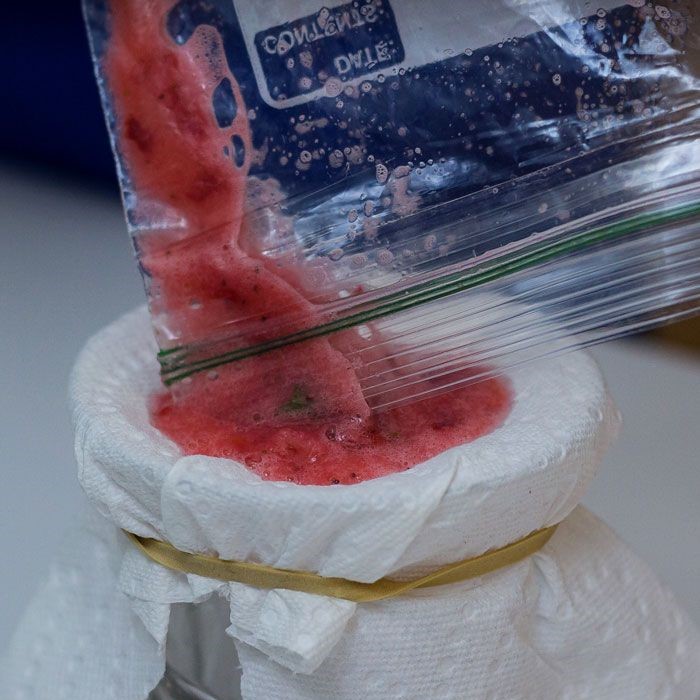
10. Where Should I Discard the Materials After the Experiment?
Dispose of materials like plastic bags, filters, and leftover mixtures in regular household trash. Clean used utensils thoroughly.
These answers should ensure a smooth and successful extraction process while enhancing understanding of the activity.
Conclusion: Engage with Science Through DNA Strawberry Extraction
In conclusion, the DNA strawberry extraction is a fun and informative way to introduce individuals of all ages to the world of genetics. This hands-on activity allows participants to visualize DNA, deepening their understanding of biological concepts.
By gathering simple materials and following the outlined steps, anyone can embark on a journey of scientific discovery. This engaging experiment not only serves educational purposes but also inspires curiosity and a love for science.
So grab your strawberries and try this exciting extraction method today! You’ll be amazed at the wonders of genetics found within such a simple fruit. You’ll not only learn science but also appreciate the beauty of DNA as the building blocks of life. Embrace this opportunity to explore the microscopic world hidden within everyday things.


